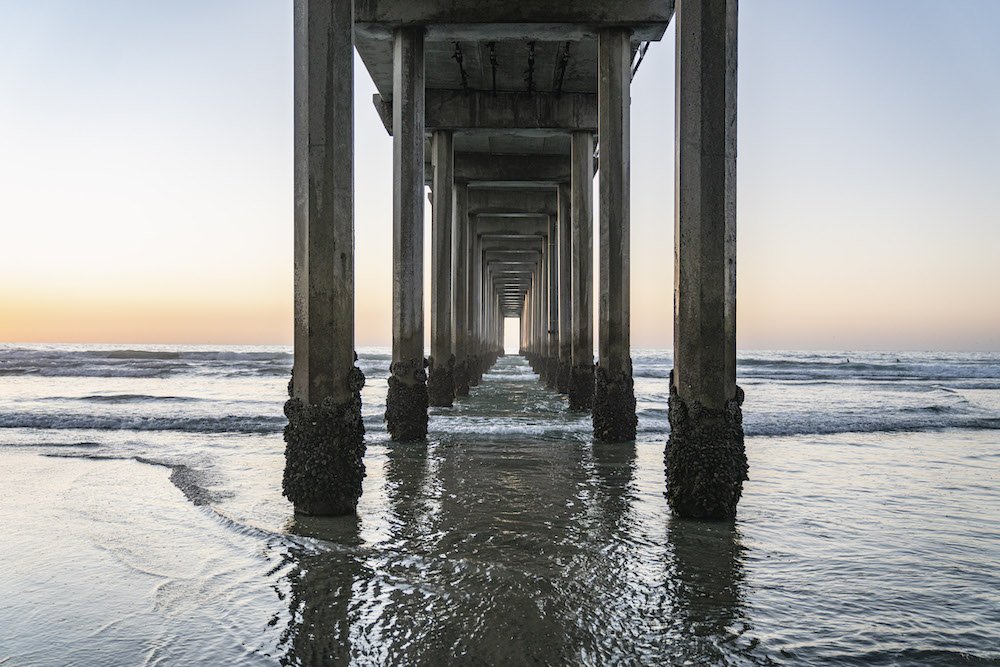15 Surprises When I Visited Antarctica in the Summer
Antarctica, the icy continent at the bottom of the world, remains a place of mystery and wonder for many. As the summer months bring slightly milder conditions to this frozen land, travelers embarking on Antarctic adventures are often greeted with unexpected surprises that leave lasting impressions. Here are 15 remarkable revelations that await those who venture to Antarctica during the summer season.
PROS:
Unique Wildlife: Antarctica offers a chance to see iconic wildlife like penguins, seals, whales, and seabirds in their natural habitat.
Spectacular Landscapes: The continent boasts stunning icy landscapes, towering glaciers, and majestic icebergs, creating unparalleled photo opportunities.
Adventure Activities: Visitors can engage in thrilling activities such as zodiac cruises, kayaking among icebergs, and even polar plunges into icy waters.
Scientific Insight: Antarctica provides a firsthand look at ongoing scientific research and environmental conservation efforts in one of Earth's most pristine ecosystems.
Educational Opportunities: Travelers gain a deeper understanding of climate change, polar ecosystems, and the importance of conservation through educational lectures and guided tours.
Bucket List Experience: Visiting Antarctica is a unique and rare experience that many consider a once-in-a-lifetime adventure.
Sense of Isolation: Away from civilization, Antarctica offers a sense of isolation and tranquility, allowing for reflection and connection with nature.
Pristine Environment: Despite increasing tourism, Antarctica remains largely untouched by human development, preserving its natural beauty and ecological integrity.
CONS:
Extreme Weather: Harsh and unpredictable weather conditions, including strong winds, subzero temperatures, and sudden storms, can pose safety risks and discomfort.
Remote Location: Antarctica's remoteness makes travel logistics challenging, with limited access to medical facilities, supplies, and communication networks.
High Costs: Expeditions to Antarctica are expensive, often requiring significant financial investment for transportation, accommodations, and excursion fees.
Limited Accessibility: Visiting Antarctica typically involves long voyages by ship or plane, with limited departure points and seasonal travel restrictions.
Environmental Impact: Despite conservation efforts, tourism can have a negative impact on Antarctica's fragile ecosystems, including pollution, habitat disturbance, and waste disposal challenges.
Physical Challenges: Activities such as walking on icy terrain, boarding zodiacs, and enduring cold temperatures can be physically demanding, requiring adequate fitness and preparation.
Potential Health Risks: Cold-related injuries, seasickness, and susceptibility to contagious illnesses in close quarters are concerns for visitors to Antarctica.
Regulatory Restrictions: The Antarctic Treaty System imposes strict regulations on visitor activities to protect the environment, limiting certain freedoms and recreational opportunities.
1) Wildlife Abounds: One of the most captivating aspects of visiting Antarctica in summer is the sheer abundance of wildlife. From playful penguins to majestic whales and graceful seabirds, the icy shores and frigid waters teem with a diverse array of animal life.
2) Discovering Land: Contrary to popular belief, Antarctica is not just a vast expanse of ice. Visitors are often surprised to find rugged coastlines, towering mountains, and rocky outcrops, providing a stark contrast to the endless sheets of snow and ice.
3) Good Weather Days: Despite its reputation for extreme cold, Antarctica experiences occasional periods of surprisingly mild and clear weather during the summer months, allowing for enjoyable outdoor activities and breathtaking views.
4) Variety of Icebergs: The shapes, sizes, and colors of icebergs in Antarctica are truly astonishing. From small, pristine bergs to massive tabular icebergs stretching for miles, each one is a unique masterpiece sculpted by nature.
5) Land Excursions: Travelers can step foot on Antarctic soil and experience the surreal sensation of touching dirt in a place often associated solely with ice and snow. Guided land excursions offer a chance to explore the unique flora and geological features of the continent.
6) No Ownership: Antarctica is a continent dedicated to peace and scientific research under the Antarctic Treaty System. Surprisingly, no single country owns this vast and pristine wilderness, making it a truly global treasure.
7) Year-Round Inhabitants: While it may seem inhospitable, Antarctica is home to a small but dedicated community of scientists, support staff, and researchers who live and work on the continent year-round, showcasing humanity's resilience in extreme environments.
8) Overwhelming Scale: The sheer size of Antarctica is difficult to comprehend until one is standing amidst its vastness. The endless horizon of ice and snow stretches as far as the eye can see, evoking a sense of awe and humility.
9) Lazy Seals: Observing seals lounging lazily on land is a common sight in Antarctica. These marine mammals, although agile and graceful in the water, often appear lethargic and content while basking in the sun on icy shores.
10) Enormous Icebergs: Some icebergs in Antarctica are larger than entire islands or even states, serving as monumental reminders of the continent's immense glacial forces and geological processes.
11) Penguin Aquatics: Witnessing penguins in their natural habitat is a highlight of any Antarctic journey. The way these flightless birds expertly navigate the icy waters with their streamlined bodies and agile flippers is nothing short of mesmerizing.
12) Variable Seas: Antarctic seas can be both treacherous and serene. While stormy conditions can test the mettle of even the most seasoned sailors, calm days offer tranquil opportunities to admire the pristine beauty of the icy maritime environment.
13) Scientific Endeavors: Antarctica serves as a living laboratory for a wide range of scientific disciplines. Visitors often encounter ongoing research projects and scientific expeditions, providing a firsthand glimpse into the vital work being done to understand and protect this fragile ecosystem.
14) Unique Wildlife Interactions: From curious seals approaching zodiac boats to inquisitive penguins waddling up to investigate human visitors, the interactions between wildlife and humans in Antarctica are both heartwarming and unforgettable.
15) Spirit of Adventure: Above all, visiting Antarctica in summer is a testament to the spirit of adventure and exploration. Whether cruising through ice-choked waters, hiking on pristine landscapes, or simply marveling at the untouched beauty of this frozen continent, every moment in Antarctica is filled with wonder and discovery.
A Weddell seal using an ice chunk for a pillow. Photo by Dalton Johnson
A summer journey to Antarctica unveils a world of surprises, from its thriving wildlife and diverse landscapes to the profound sense of awe and appreciation it instills in those fortunate enough to experience its icy embrace. As tourism to this remote region continues to grow, so too does the opportunity for travelers to witness firsthand the majesty and mystery of Antarctica, leaving indelible memories that last a lifetime.








